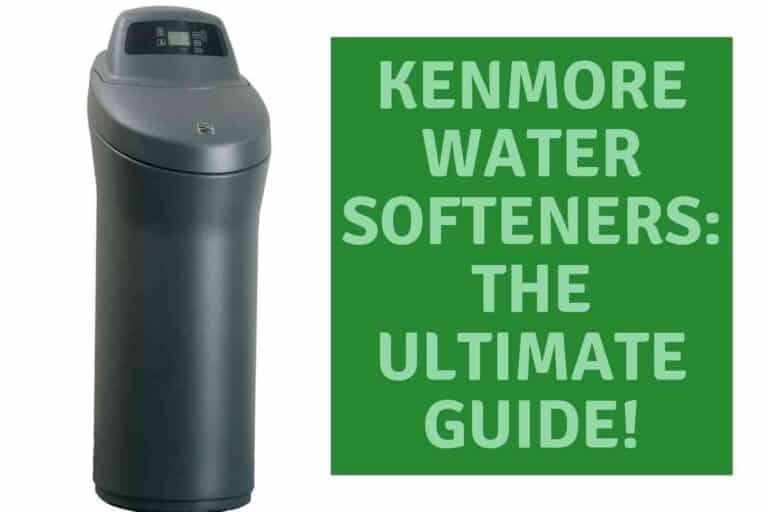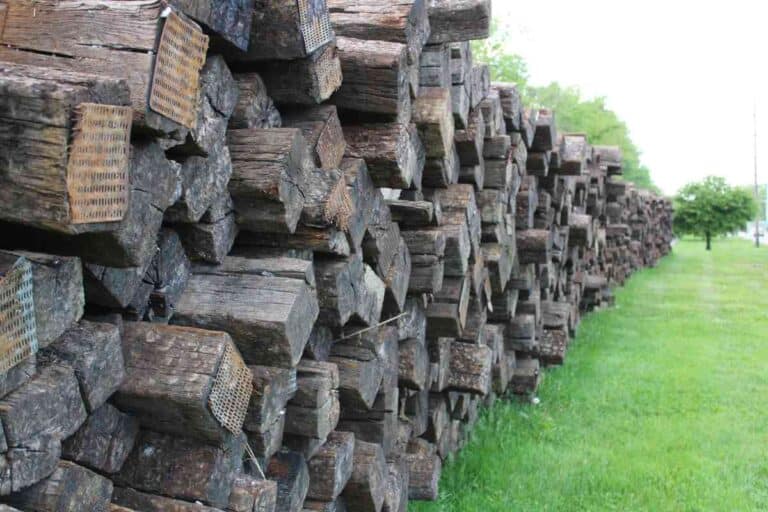Water Softener Hardness Level: The Truth About Setting Your Water Softener
You can change the hardness level of your water softener. But how does that work? Can you truly adjust the softness of water?
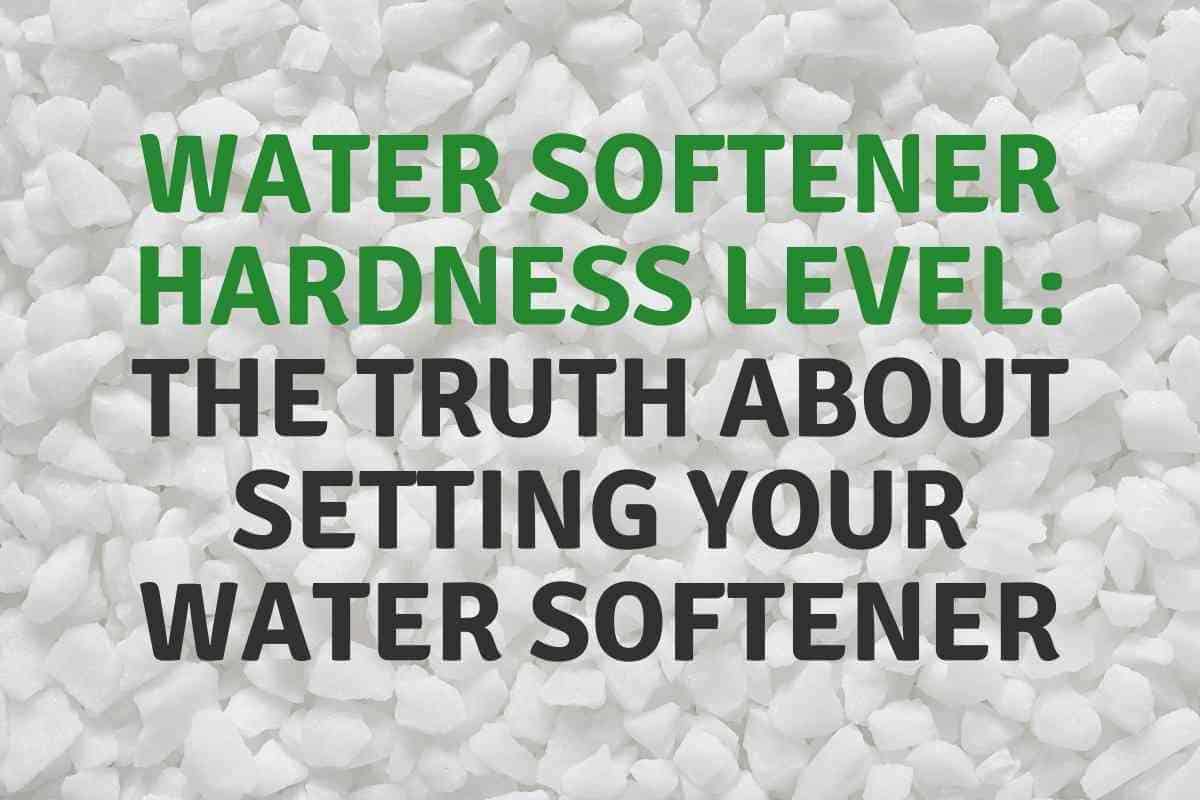
Some people appreciate very soft water from their water heater, and others need adjustment because of local water conditions. But we want to know if it’s possible to adjust the water hardness level on your water softener and if it really does anything.
Water Softener Hardness Level: The Truth About Setting Your Water Softener
Your water softener is adjustable. You’ll find dials or a control panel on the softener than let you adjust the amount of salt and how often the water softener produces soft water. You’ll want to test out different settings to see what works best for you.
A few settings on your water softener might change over time. We’ll explain a bit about the idea of softening water and what most water softeners are capable of. We’ll also review how soft your water can and should be.
We’ve done plenty of home improvement. We’ll also get information from water softening experts and hear their opinions about the softness of water.
Some of our information also comes from technicians who have learned the tried and true ways of testing a water softener.
Note that this article covers traditional water softeners. If you’re interested in how magnetic water softeners work, check out our article.
Does changing my water softness level work?
In short, yes, it does. Thankfully, a How do I make my water softer or harder?
Let’s start with this statement: You don’t really have a reason besides price to want harder water. Some people who just started using a water softener might not be used to soft water and think the water is too soft. Water is just about never too soft! One of the first things you can do is check how often your water softener recycles water. Water softeners are most often set to 1 to 7 days per week. You can see how often yours cycles on the analog or electronic panel on the outside of the water softener. Having your regeneration cycle work too little can mean that your water is harder more often. For example, if you set it to once a week, but you and your family bath, shower, or do the dishes in hot water every day, you are going to quickly use more soft water than your water softener can provide. Except for using more salt, there isn’t a particular reason why you would set it for less than 7 times per week. This is how long it will take for your water softener to soften water once started. The typical settings are a half-hour to an hour. We suggest you not attempt to change the regeneration cycle length because leaving it too long will make soft water unavailable more often. Too short means that the water might not get as soft as you like. The regeneration cycle length is also affected by other factors, like the amount of salt present. You can often change when the water softener starts the process of softening water. We suggest having it start at an hour when your household is making noise anyway, and soon before you plan to start using water. If there are bedrooms right next to the water softener, some might find it a little loud. We suggest working around your family’s schedule. Salt levels is where things can get a little tricky. If you put too much salt in your water softener, you’ll get soft water, but there is a chance your water will start to taste saltier. Too little salt and the water won’t get soft enough. There are a couple of things to do here: check the manufacturer’s specifications, and consult your local water professionals. You might also want to test your water to see how hard it really is – and the concentration of minerals, so you can add the right amount of salt. An older water softener can also use more salt as it ages, gets less efficient, and is more worn down. Some water softeners have digital control dials. Others have analogs. The water softener can have a variety of settings, including the number of people who are using water, the salt dose of the softener, and the number of days between cycles, as mentioned. The instructions for your particular water softener might provide more details about how to physically turn the dials, though it can generally be done by hand and might only require pushing the dial-in. You can down the salt dose up to get softer water. You can also turn the regeneration frequency up to offer soft water more often, or more on days you are likely to need it. While not directly related to the dials, if you feel your water is not soft enough, we first suggest testing your water to see how hard it really is, then potentially adding more salt. On a digital water softener, you might need to push some up and down or side to side buttons in an effort to change settings. Consult your manual if you don’t know what something means – though this should be easier than adjusting the clock on your vehicle. Depending on your water softener, the changes might be in effect immediately. Otherwise, changes to any regeneration cycle or salt dose will take place when the cycle is scheduled to start. For example, if you told your water softener to begin softening water at 3 PM on Wednesday night, you might not notice a difference until an hour after it’s scheduled to start. We might suggest telling your water softener to get started right away so you can see the immediate impacts of your actions. Not really. Water softeners don’t use salt especially quickly, and even if you set the salt dose high, the worst result could be slightly saltier but very soft water. You’ll also quickly learn your preferences for when to start your water softener and how soft you want the result. If you feel like your water softener is using too much salt, turn down the salt dose or have it run less frequently. If adjustments aren’t going as planned, you might have a couple of issues. If you are low on salt, adjustments won’t do much – unless you are trying to use less salt. Open the top of your water softener and check the salt levels. The resin within the water softener is the part meant to soak up excess minerals. Between that and sediment potentially staying at the bottom, it’s possible that your water softener has to work harder to get the same amount of softness. Before buying a new water softener, we suggest testing the post softened water to see if it’s really too hard and cleaning out the tank. They do wear out! Like any appliance, your water softener might be at the end of it’s life. Consult online or with a local water service professional about pricing to remove and install a new one. We’ll start with a little science here: Water hardness is measured in grains per gallon. This is the number of grains of calcium and magnesium your water naturally has. Have your water tested before installing or using a water softener so you can both see how hard the water is naturally and see other minerals present in your water. You might have iron, lead, and mercury too. Iron is also measured a bit differently – if your water has iron present, add 4 to the hardness of your water. If your water has excessive iron, it may eventually damage an under-equipped water softener. You can also separately purchase and install an iron removal system to avoid potentially impacting a regular water softener. Water softener users might try to get the best balance between using less salt and energy – though most water softeners are relatively cheap to maintain and operate. Here are a few advantages to having softer water: Excessive metals in your water can lead to corrosion and buildup in your pipes, especially if you have lots of iron. These can eventually cause drain and flow issues, which can be expensive. Hard water is harsh on your skin. The minerals within the water can cause skin dryness, so no matter how well you shower or bathe, your skin can remain dry. While using lotion is effective, having softer water is certainly helpful too. Whether you do dishes by hand or in the dishwasher, hard water can readily leave residue on your dishes. While some might blame streaks and extras on the dishwasher or detergent, the culprit might actually be the hardness of the water. Mineralized water can taste gross. It can also be unhealthy if it has too much iron or lead – there is no safe amount of lead for the human body to consume! One of the biggest factors in how hard your water softener has to work is the initial quality of the water. In the case of an RV or mobile home, the quality of water can change as you go from place to place. If you intend to hunker down for a while, a water softener might be helpful in getting cleaner, softer water from your campsite. You can indeed install a water softener and heater in an RV or mobile home. For regular homes, set a baseline so you can compare it to the impact of the water softener. Your water quality might also change in your home, especially if you have a well, so it’s something worth keeping an eye on. The bags of salt used to soften water are a bit heavy. If you are in an RV or home and don’t want to lug a bag of salt in, you can have the salt delivered. You likely have a water softening service nearby that can pour salt into your tank regularly for a fee.Change the Regeneration Cycle Frequency
Regeneration Cycle Length
Clock Settings
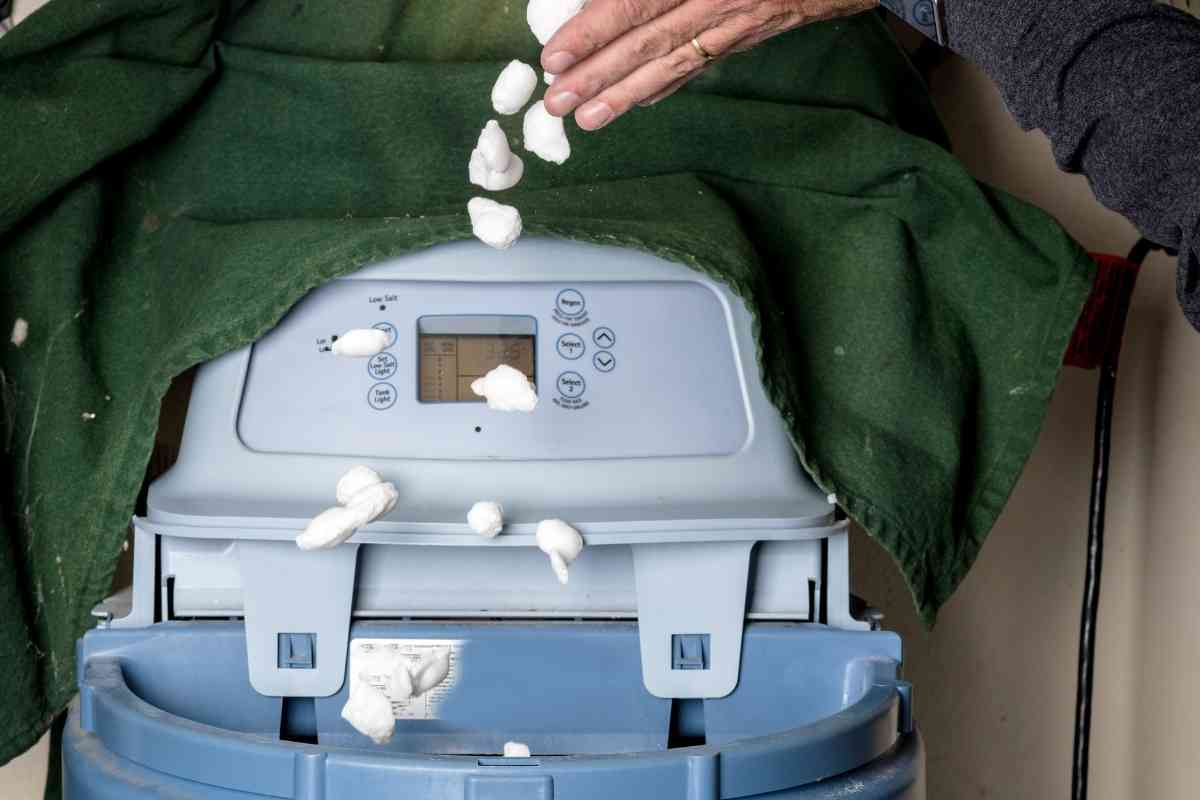
Salt amount
How do I adjust my water softener?
How soon do settings take effect?
Can I screw up my water softener?
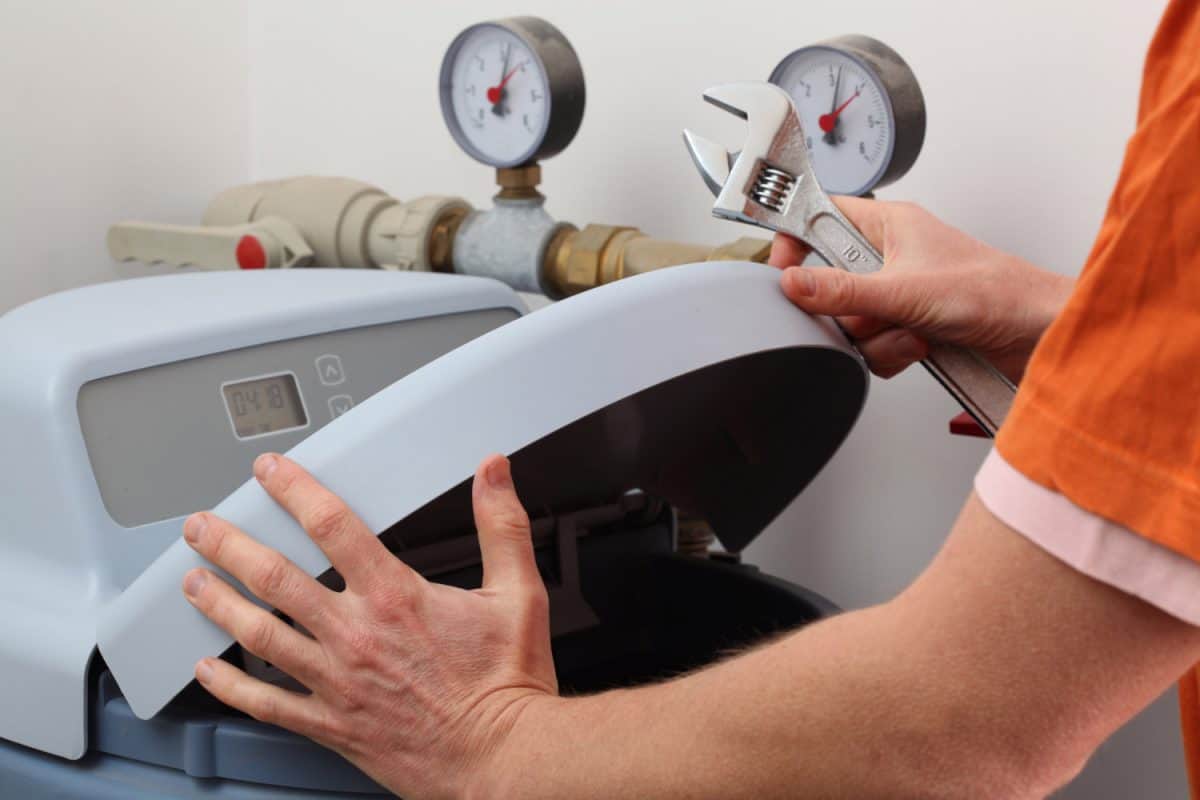
What should I try if adjustments don’t work?
Not enough salt
Old water softener
New water softener
How soft should my water be?
Grains Per Gallon Hardness Level Less than 1 Soft 1 to 3.5 Slightly Hard 3.5 to 7 Moderately Hard 7 – 10 Hard 10 or more Very Hard Better on your plumbing
Better for your skin
Better for dishes
Better for drinking,
Your water quality
Can I get salt delivered?
Related Reading




